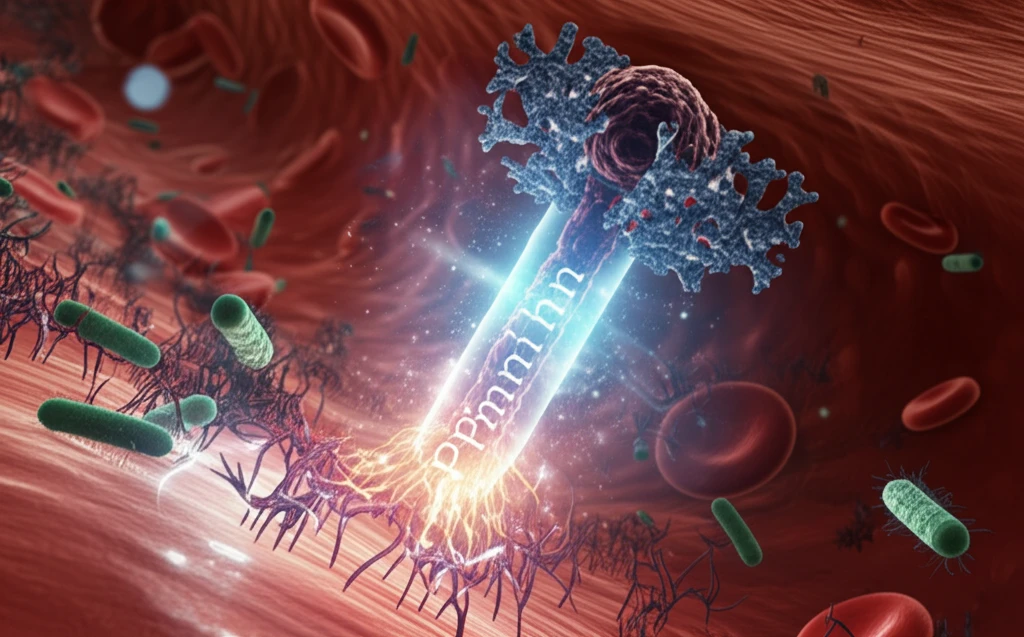
The Future of Antibiotics: How Polymer Conjugates Could Combat Resistance
"Scientists are exploring innovative solutions using poly(2-oxazoline) conjugates to revive the effectiveness of penicillin antibiotics and tackle growing antimicrobial resistance."
The rise of antibiotic-resistant bacteria is one of the most pressing threats to global health. As existing antibiotics become less effective, once-treatable infections can become deadly. Traditional solutions aren't keeping pace, and the world desperately needs new strategies to combat this growing crisis.
One promising approach involves tweaking existing antibiotics by attaching them to polymers. This method, known as polymer conjugation, can alter an antibiotic's properties, potentially making it more effective against resistant strains. While still in its early stages, this research offers a beacon of hope in the fight against antimicrobial resistance.
Scientists have been exploring polymer antibiotic conjugates (PACs) that show higher activity, improved efficiency against biofilms, and increased stability. Unlike conventional methods that use antibiotics as backbones for complex structures, newer approaches focus on attaching a single antibiotic group to each polymer, potentially reducing the overall drug load and minimizing the development of resistance. This novel strategy could lead to a new generation of antibiotics that are both powerful and environmentally conscious.
Polymer Conjugates: A Novel Approach to Antibiotic Resistance

Researchers have successfully synthesized polymer conjugates using penicillin antibiotics, attaching them to water-soluble poly(2-oxazoline)s (POx). This conjugation process occurs via the carboxylic acid function of the antibiotics, creating an ester bond that proves surprisingly stable. Tests reveal that this ester bond is more resistant to hydrolysis than the vulnerable beta-lactam ring of penicillin itself.
- Increased Stability: Polymer conjugation protects the antibiotic's structure.
- Enhanced Activity: Conjugates remain effective against resistant strains.
- Synergistic Effects: Combining antibiotics with polymers boosts overall performance.
- Reduced Resistance Potential: Lower antibiotic loads minimize the risk of new resistances.
A Promising Path Forward
While these findings are encouraging, further research is needed to fully understand the potential of polymer-antibiotic conjugates. These innovative compounds offer a powerful new approach to combating antibiotic resistance and could pave the way for the development of more effective and sustainable treatments for bacterial infections in the future. As the crisis of antibiotic resistance continues to escalate, these creative solutions may be our best hope for staying ahead of the curve.
